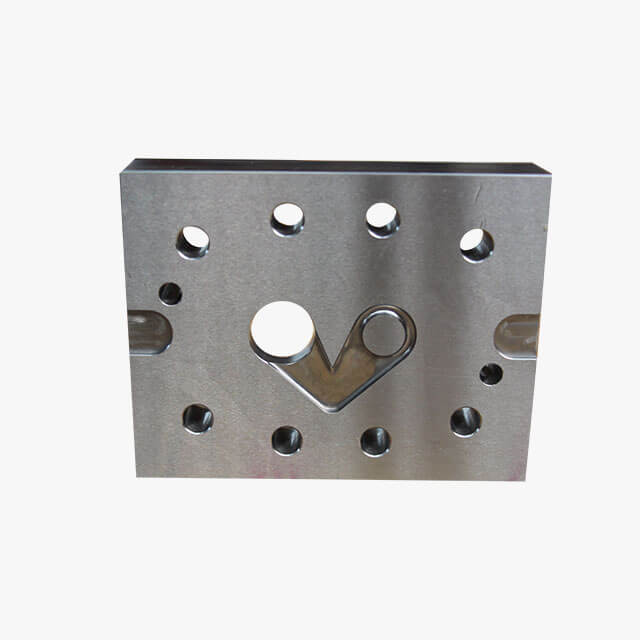The steel ball is extruded into the sleeve longitudinally to make the sleeve expand radially. The sharp teeth of the annular groove around the sleeve are pressed into the material of the relatively low hardness process hole, or the sleeve itself is squeezed into the gap of the rough surface of the relatively high hardness process hole, so as to achieve the occlusal seal with the workpiece. This series of expansion sealing plugs are widely used in hydraulic valve blocks made of cast aluminum alloy, duralumin alloy, cast iron and steel with various hardness.
The working principle of the seal is actually based on the difference of hardness between different materials and the surface seal formed by extrusion deformation. It is a pure mechanical seal between metals formed by squeezing the sleeve when the ball inside the plug is pressed in and the annular sharp groove on the outer wall is pressed into the inner wall of the process hole when the sleeve expands. It's tight and there's no leakage. The advantages of simultaneous interpreting and fastening with traditional thread fastening are also obvious. Compared with traditional ball seal, MB products can be formed by simultaneous interpreting of the solid sealing surface after extrusion. The seal of the steel ball only forms a sealing line and the sealing quality is difficult to guarantee.
At the same time, in addition to conventional products, MB Series also have high-end products that meet aviation quality standards, as well as unconventional products that adapt to different acid and alkali environments. The diameter of MB product sleeve is 3 ~ 22mm; The rated withstand voltage can reach 450 bar; The tolerance of hole is very low, the tolerance range is from 0 to + 0.1 mm. Generally, one drill is needed, and no second machining is needed. The perpendicularity of hole and surface is basically not required; The requirement of installation hole is very low; Suitable for mass production; The installation between batches is very similar and easy to install. In addition, the mechanical performance is better than the steel ball seal.
According to the different combination of sealing plug and process hole materials, the occlusal seal can be divided into two situations: one is that the material of MB sleeve is harder than the base material, and the sharp teeth of annular groove around the sleeve are pressed into the valve block material, and the hydraulic valve block is processed to form an active occlusal seal; The second is that the sleeve material is softer than the base material, and the sleeve is squeezed into the gap of the rough surface of the valve block after expansion, forming a rough occlusive seal.
The condition of active engagement principle is that the hardness of sleeve material is higher than that of valve block material, and the hardness difference is at least 30hb. The hardness of the workpiece material is higher than that of the sleeve, or the hardness is slightly lower, but the hardness difference is less than 30hb. In order to form the roughness bite seal to achieve the rated pressure value, the roughness of the process hole surface needs to meet: RZ = 10 ~ 30 (about RA = 32 ~ 6.3). If the roughness is greater than RZ = 30, there is a risk of leakage due to the formation of inner channel. When the roughness Rz is less than 10, the MB sleeve and the substrate can not fully bite each other, which also leads to the decline of the sealing effect.
